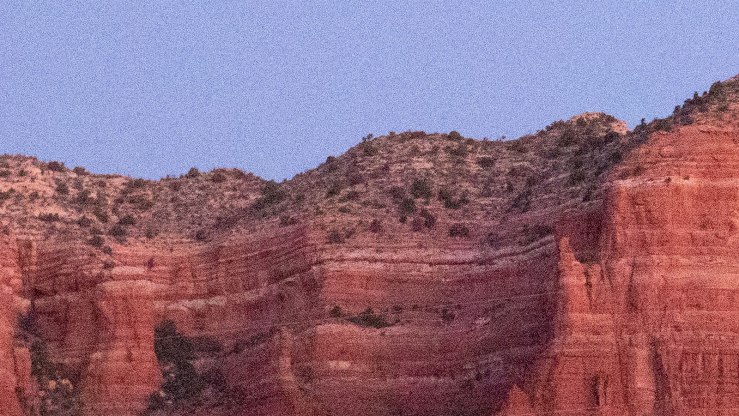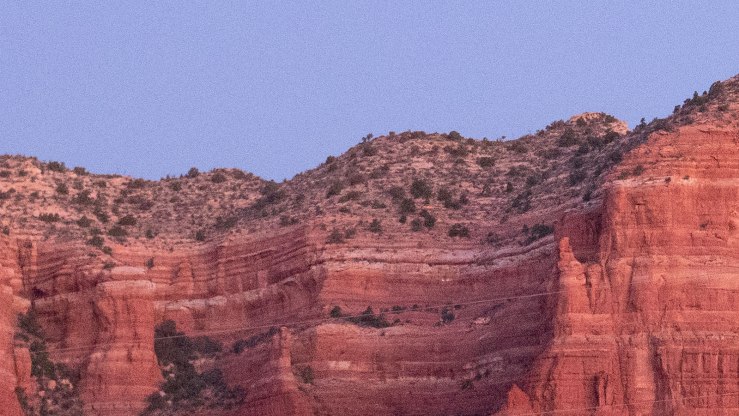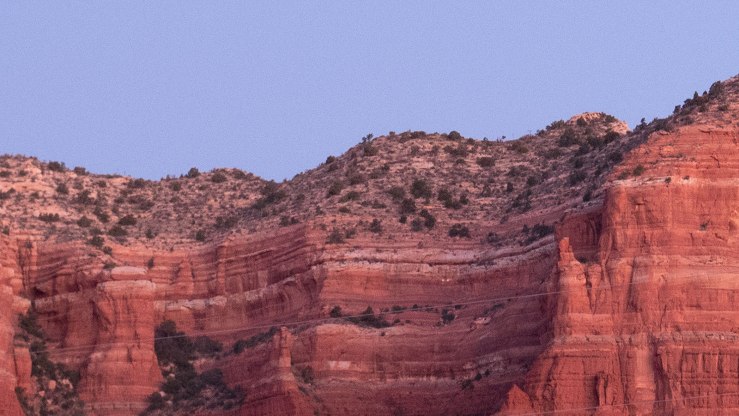Photography has come a long way, baby! There were rules for properly exposing the film. Then digital moved on the scene with new rules. Guess what? The rules have changed … again.
Photography with negative film
The negative film gave us quite a bit of exposure latitude. Overexposure, unless it was severe, wouldn’t totally lose all information. A print could still be made with a fair amount of overexposure to the negative.
Then came early digital capture.
Digital photography in the beginning

When we first started with digital photography it was absolutely imperative that we not overexpose. That warning came with exclamation points! As a result, if you were to do so there was no recovery of the highlights. None. Highlights blown out pretty much negated having an image to share. It was akin to photographing with slide film. There was no room for error.
Because of this initial experience, it has become ingrained that a photographer should never overexpose a frame. Times are changing. In order to get the best quality from your exposures I now suggest that it is time to ETTR. Expose to the right.
Improved digital chips and processing
I won’t go into deep detail as that is a whole tech article. Suffice it to say that technology has made it possible to capture more information in the highlighted areas. It is also possible to recover highlights even if a couple of channels of color are blown out. The reason it is so important is image quality and noise.
Most noise is in the shadow areas of the file. The best pixels reside in the three-quarter tones. If you underexpose and try to bring back detail you end up with tons of noise. If you expose to the right (slightly overexpose) and build your shadows in post your file will be much cleaner.
Three files
.mgl-tiles { display: none; } #mgl-gallery-634eb2010268b { margin: -5px; width: calc(100% + 10px); } #mgl-gallery-634eb2010268b .mgl-box { padding: 5px; } @media screen and (max-width: 768px) { #mgl-gallery-634eb2010268b { margin: -5px; width: calc(100% + 10px); } #mgl-gallery-634eb2010268b .mgl-box { padding: 5px; } } @media screen and (max-width: 460px) { #mgl-gallery-634eb2010268b { margin: -5px; width: calc(100% + 10px); } #mgl-gallery-634eb2010268b .mgl-box { padding: 5px; } }
Two stops underexposed. Note the heavy amount of noise. Image was processed to ‘proper’ exposure.
Correct exposure. No exposure adjustment in post. Essentially this is SOOC (straight out of camera).
Two stops over-exposed in camera. Adjusted in post production to set ‘proper’ exposure. Check the detail and note the lack of noise present in spite of ISO 3200 capture.
In the above images, I used ISO 3200 to exacerbate the noise a bit to help illustrate my point. Click on each image above to view them at a larger size.
Three exposures were made. One shot includes the camera meter’s recommended exposure. One shot is two stops under, and the last is two stops over. You can see the difference in the RAW captures. All three files were processed for correct exposure and the difference in noise is visible.
Expose to the right
The best file by far is the one that was technically overexposed. The absolute worst is the underexposed frame. Even the correctly exposed image shows a fair amount of noise in the shadows and sky areas.
Next time
How far is too far when exposed to the right? I’ll let you know how to get the most from your files, without losing needed information. Going to extremes can be bad for your photos. In another post, I’ll give some tips to keep from overdoing a good thing. I’ll go into more detail but here is a post on ETTR from Juan A. Pons.
Yours in Creative Photography, Bob
P.S., no noise reduction software was used on these images.
Tell your story with the second annual Visual Storytelling Conference!
Experience four days of interactive, online training sessions featuring a range of educational content with experienced photographers and content creators. This free event kicks off with a series of technical boot camps to build essential skills, followed by live, online sessions on photography, video, business and social media. Join live from March 10-13, 2022!
